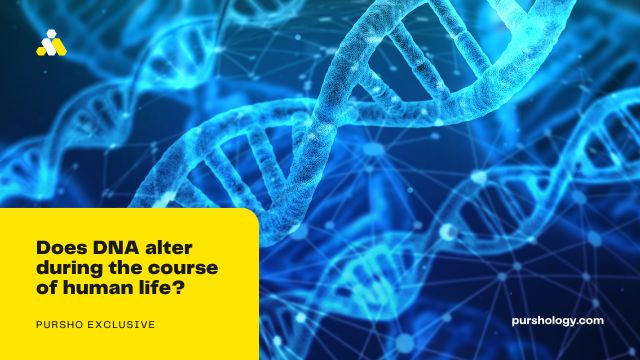DNA testing technology has grown to be quite well-liked. Additionally, recent technological improvements have made it possible for us to use it for paternity tests, immigration, and criminal investigations. Nobody anticipated the wide range of uses for this little molecule. Even the scientists were astounded by this little particle’s capacity to store so much knowledge about a whole species. In addition to this there also has been quite some amazing technological improvements in facial recognition apps.
To begin with, what is DNA?
DNA is referred to as deoxynucleic acid in short. A biomolecule, that is. Four monomers—Adenine(A), Thymine(T), Cytosine(C), and Guanine—combine to make it (G). The phosphate backbone structure is responsible for keeping all of these monomers in order. Understanding all of this information can be challenging if you are not a biology expert. DNA and its uses in paternity and relationship testing are what make heritability possible.
How do we know that genetic information is included in DNA?
Nobody was aware of DNA’s full potential prior to the 1930s and 1940s. But after doing numerous trials on the bacteria, researchers discovered that when one bacterium exchanges DNA with another, some characteristics are also passed on to the new bacterium. Similar to this, it was discovered through DNA tests that when a virus injects its DNA into the cell of the host, it causes the host cell to produce additional copies of the virus. As a result, we learn that DNA carries instructions that tell cells to perform specific tasks.
What kind of storage does the genetic information have?
The four parts—A, T, C, and G—join forces to form a single DNA molecule. A sugar molecule, a nitrogenous base, and a phosphate molecule make up every monomer structure.
Can DNA be altered?
Four distinct nucleotides make up DNA, and the arrangement of these nucleotides in genes directs cells to produce proteins. Genes are turned on and off in accordance with how much protein is produced. Additionally, epigenetic adjustments are chemical alterations that support gene regulation without changing the information pertaining to heredity.
Rarely do these modifications include the addition of chemical substances to the DNA structure that allow genes to be turned on and off. The DNA structure is impacted by epigenetic modifications over time, according to researchers. In order to examine the consequences of epigenetic alterations, they also learn from DNA tests that a newborn baby’s DNA differs significantly from that of an older person. The most frequent of these modifications, methylation, was seen by researchers. To turn off the gene, a methyl group is applied to the nitrogenous base.
White blood cells from a newborn baby and an old man’s white blood cells were used in the experiment. When compared to older people, newborns had higher levels of cytosine methylation. Additionally, researchers discovered that nucleotide characteristics have no impact on epigenetic alterations in DNA with the same nucleotide sequence. Furthermore, it was shown that diverse genes are affected by differently methylated areas. DMR alterations have long been associated with the growth of malignant cells.
As a result, it has been determined that as people age, cytosine methylation declines with time. In addition, people may have age-related illnesses if these nutrients decline.
DNA variety and the evolution of life:
The species as a whole is unaffected by epigenetic modifications. However, DNA testing revealed that the reason we evolved differently from chimpanzees was due to a combination of natural selection and DNA mutation. In addition, our DNA matches theirs by 95%.
Let’s move closer to the present. The structure of DNA is a lengthy double helix. To control genes, some components of this structure go through epigenetic modifications. Some components lack any functionality, and for the remaining components, there is no theory. Any organism’s mutation must be observed, thus it’s important to look at the DNA regions that regulate its genes.
The mutation has frequently happened in cells that were unable to produce an exact copy of their DNA. Additionally, outside influences like radioactive or chemical substances increase the likelihood of mutation. In these conditions, DNA degrades as a result of prolonged exposure.
However, if DNA damage is not properly repaired, cells develop twisted DNA, which impairs the functionality of the entire organism.
DNA testing is used to assist compile all of this data. The use of DNA technology, however, doesn’t end here. Whether it’s for a drug test, relationship test, immigration test, or paternity test, you have access to cutting-edge technology at FaceDNA. Moreover, our face recognition app is also very easy & fun to use. Get it now.




